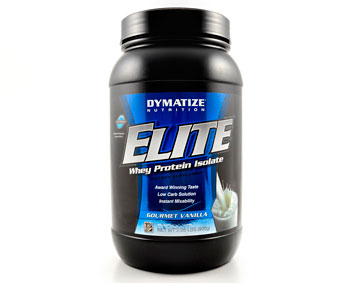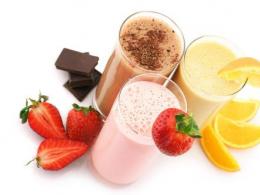What type of protein is better to choose?
Today, store shelves are bursting with a wide variety of protein mix options, but how do you know which one is best for you? Our review will help you understand this issue. Below, we’ll cover the pros and cons of the main types of protein blends and how and why you can use them in your diet.
Whey-based formulas are the most popular source of supplemental protein. The protein for these mixtures is obtained from milk during cheese production. Milk coagulates, separating into two phases: solid and liquid. The solid phase is a curd-like mass, and the liquid phase is whey containing the same protein.
Essentially, whey is a solution of water-soluble milk proteins in water. Only 20% of proteins extracted from milk are whey, the remaining 80% is casein.
Whey protein contains a complete set of essential amino acids with a moderate to high content of the most essential ones. It also contains a relatively large amount of l-cysteine, which is a precursor to n-acetylcysteine and to the antioxidant enzyme glutathione (this line is written specifically to cheer up and please all the bores reading this article). In addition to cysteine, whey protein also contains some biologically active peptides that can lower blood pressure (acting as a weak ACE inhibitor).
This protein is very popular in part because of the myth that easy digestion of protein promotes rapid muscle growth. True or not, it is difficult to say, but one thing is clear for sure: its benefits are greatly exaggerated by marketing. Yes, whey protein really digests faster and the protein from there really promotes muscle growth. But so far, there is no reliable information that digestion speed is of great importance for muscle growth.
Previously, this type of protein was considered a waste of production and its price was quite small. But now the demand for it has increased and it is no longer so cheap. This is easy to verify by looking at the prices in any sports nutrition store.
Bottom line: Whey protein is derived from milk and has long been considered a by-product. It is relatively quickly absorbed (although the importance of absorption rate is greatly overestimated), and contains all the essential micronutrients.
Casein
Casein is a milk protein obtained from curds. This protein is insoluble in water, unlike whey. Casein-based supplements are an excellent source of protein, and they also contain fairly high amounts of the essential glutamic acid. Casein digests more slowly than whey protein due to its gel-forming properties. Some people like this feature of it (mmm, let's remember all kinds of cottage cheese casseroles and mousses with puddings!), while others cannot stand it and recall with horror their last attempt to stir casein in a shaker.

The property of gelation does not bring any special benefit to our health, however, it distinguishes casein from other proteins from a practical point of view. The ability of casein to form gels is due to its special structure (previously, glue was even made from it for some time). And if you pour 2-2 cups of casein into a bowl and add a little water, you get a pudding so beloved by the British.
The physical properties of casein are truly amazing and allow you to use it to create a wide variety of culinary masterpieces. With casein you will explore the world of protein cheesecakes and muffins. Other additives (whey or rice protein) can also be used to make desserts, but since they do not have gelling properties, you will have to add xanthan gum or glucomannan as gelling agents.
At least some of your loved ones, who are not particularly healthy, may well like pudding with chocolate and cinnamon. At the same time, in terms of calories and protein content, it will be absolutely identical to two chicken breasts. In general, almost all protein powders contain flavors to enhance the taste, but the use of seasonings and a variety of flavor additives (eg blueberries, vanilla extract, etc.) can have a positive effect on the final taste. But we seem to be digressing.
Let's move on to health effects. Here casein is not too different from whey protein. It contains a high amount of calcium (up to 60% of the Daily Value in one scoop for some manufacturers), but other than that, it does not provide any additional benefits. It is worth noting that an allergic reaction to milk proteins is usually much stronger for casein than for whey protein. Therefore, if you have problems digesting dairy products, it is best to avoid formulas based on it.
Casein better protects muscle cells from catabolism and creates better conditions for muscle growth compared to whey protein due to the slow digestion rate.
soy protein
Soy protein is derived from soybeans and contains the highest amount of the essential amino acid glycine. It is very often used in sports nutrition, as well as in conventional products due to its low price and simple production technology. Soy lies somewhere in the middle between complete protein sources with a complete composition of amino acids and insufficiently complete, and the content of methionine in it varies depending on the growing conditions.
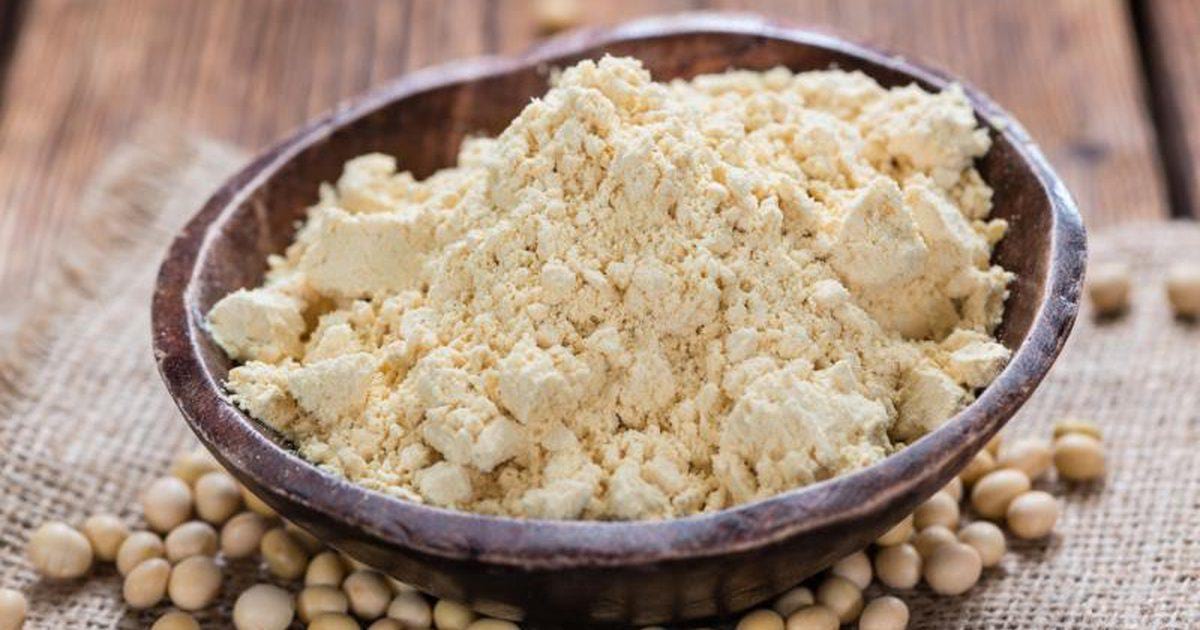
Soy is a fairly good source of protein, if you forget about the content of other bioactive substances in it (we will talk about them later in the next part of the article, including the discussion of estrogenicity). It contains a sufficient amount of amino acids and has a mild taste that is easily masked by flavors. By processing soybeans, it is possible to remove many of the undesirable components, while still obtaining a fairly pure mixture of amino acids.
While there is no evidence that soy is superior to other protein sources, soy protein can be used as a viable alternative to milk-based protein formulas. This should be of particular interest to people with an allergy to dairy products (we will discuss the effect on the hormonal system in another section).
Rice and peas
These two protein sources are considered together due to their frequent use together. Obviously, both types of protein obtained in this way are plant-based and therefore suitable for vegans. However, each of them individually is not complete. But if you mix them in a 1:1 ratio... and voila! ... you get a product with all the necessary amino acids.
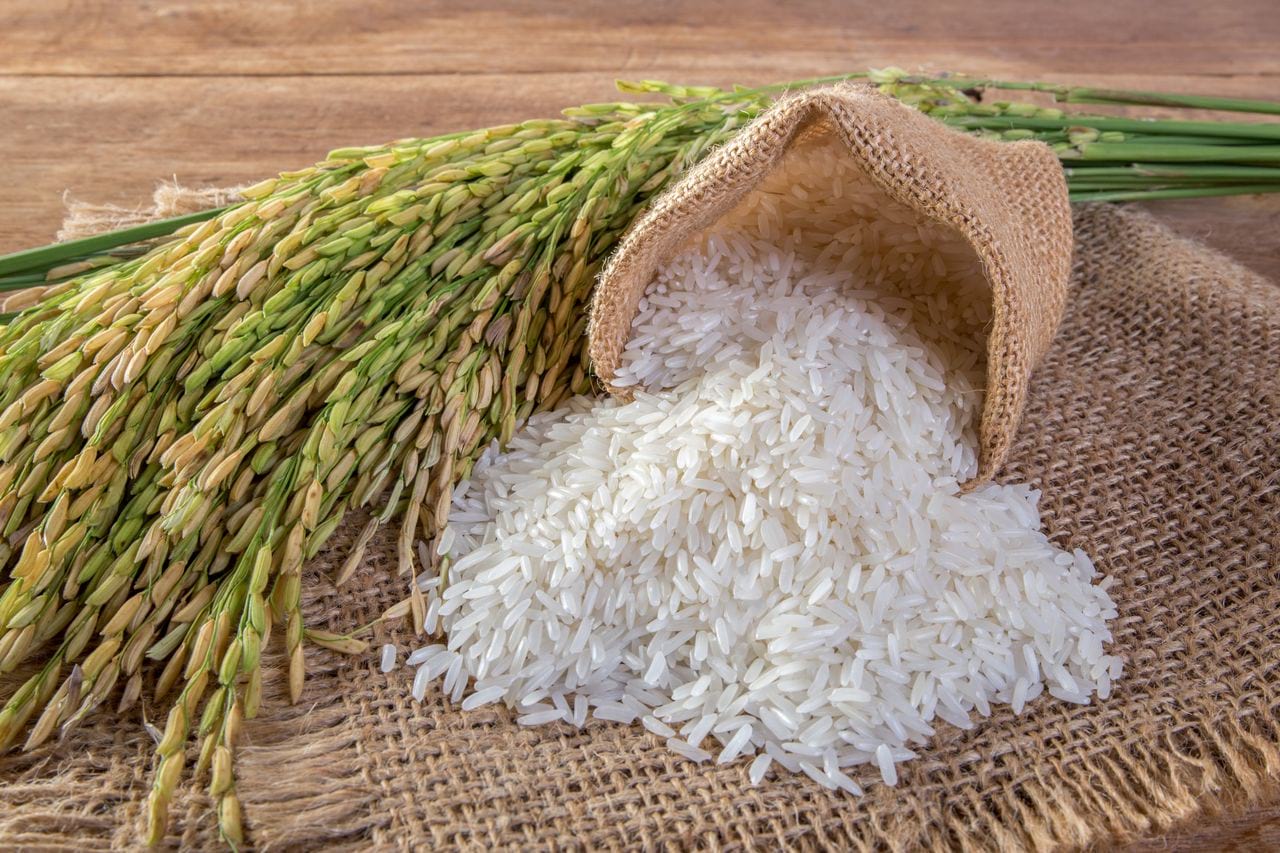
The protein obtained from rice is a fine and soft powder with a low content of lysine and is highly soluble in water. Pea protein, on the other hand, has gel-forming properties similar to casein. Therefore, it is likely that pea protein alone would be just as useful in cooking as casein protein.
Rice protein is considered a low allergen and is suitable for people with allergies to eggs, dairy, and soy.
Interestingly, the amino acid composition of the mixture of rice and pea proteins (due to the high cysteine content in rice) is very similar to that of whey protein; hence the rice and pea protein blend is sometimes referred to as the vegan equivalent of whey protein. Comparative studies (rather limited) show no significant difference between rice and pea protein blend and other protein sources.
Protein blends based on egg white
Egg white blends are protein derived from egg whites and then subjected to heat treatment and water evaporation.
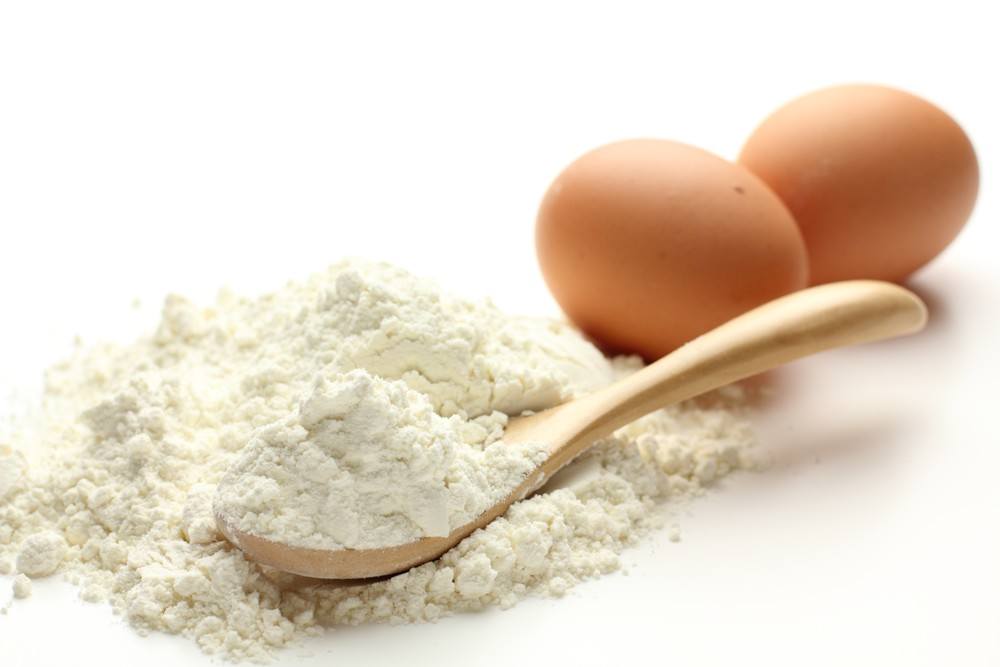
It should be noted that eating raw egg whites is not as healthy as cooked ones. The fact is that the amino acid avidin, present in egg whites, binds to vitamin B7, also known as biotin, making it impossible for the human body to absorb it. Although moderate consumption of raw egg white has not been associated with biotin deficiency, some studies have reported that biotin deficiency has developed with the consumption of several hundred grams of egg whites daily over a long period of time.
Protein blends based on egg white do not have this problem, as avidin is destroyed during the heat treatment. In this case, egg yolk is usually not used due to the high content of fatty acids, but leucine can be added separately to create a more balanced protein mixture (usually leucine is found only in egg yolk).
These protein blends are quite suitable for meeting protein needs, but they do not have any advantages over other protein sources. In addition, they have a specific taste of eggs that can only be hidden with the help of the strongest flavors.
Beef Protein Blends
Beef based protein blends are made from dehydrated and processed cow meat (and it's also the first blueberry flavored protein blend on the market!).
At the moment, no significant benefits have been found for using beef protein over other protein blends, especially when it comes to a mixed diet.
From a practical point of view, the financial cost of dehydrating large quantities of meat is prohibitively high. Therefore, it is likely that the purchased beef protein mix is a fake, given the cost of the meat and the huge production costs. Individually isolated amino acids can be added in the required proportions, thereby achieving a complete amino acid composition.

True, in this case, the mixture will not contain any biologically active peptides characteristic of meat. In fact, there is a good chance that the beef protein mix on the store counter is nothing more than regular gelatin. Beef-based protein formulas are fairly new on the market, and their benefits and harms for sports nutrition have not yet been adequately explored.
At the same time, it is unlikely that such mixtures are in any way better than other sources of protein, especially considering that with a high probability their real source is not beef at all. So maybe it's better to just eat a juicy piece of delicious meat.
Hemp Seed Protein Blends
Hemp protein is a protein product derived from hemp seeds. For reference:
- Hemp with a high THC content was on the market until the 1930s. She was exterminated at the initial stages of the fight against drugs, and her cultivation and sale were banned for a long time.
- Cannabis is now back on the market, but there is only one particular variety that contains a small amount of the psychoactive cannabinoid.
In this regard, hemp protein does not affect the nervous system. By itself, hemp seeds are balanced in the content of three macronutrients (proteins, fats and carbohydrates), and hemp protein is a powder from seeds obtained after extraction of hemp oil. The protein content in this powder reaches 70-90%, so this product is quite suitable for sports nutrition.
Hemp protein blends are known to be high in arginine and tyrosine, but lack sufficient amounts of leucine and lysine; Due to the lack of lysine, hemp protein powder is considered an incomplete protein source.
There are many quality and health requirements for hemp protein. Most of them are associated with a fairly high oil content (fatty acids in hemp seed protein make up about 10% of the daily calorie intake). The oils in hemp protein are a mixture of omega-3 and omega-6 fatty acids. The omega-3 fragment comes from alpha-linolenic acid (ALA) and is identical to that found in flaxseed. There isn't much research on cannabis fatty acids, but nothing much has been found about it yet. The only thing to note is that ALA acids are not as easily absorbed by the human body as the eicosapentaenoic (EPA) and docosahexaenoic (DHA) acids found in fish oils.
Despite the absence of tetrahydrocannabinol, hemp protein contains other cannabinoids that do not have significant psychoactive properties (cannabidiol and cannabidisin B), but there is not enough evidence that these substances, albeit in minimal amounts, do not affect health.
Overall, hemp is an acceptable source of protein, although its value is lower than that of casein due to its deficient lysine and leucine content. It should also be borne in mind that there is a possibility that the cannabinoids in the composition have an impact on health, while the possible consequences have not yet been fully investigated. It also cannot be said that eating hemp-derived protein carries any benefits over other sources.
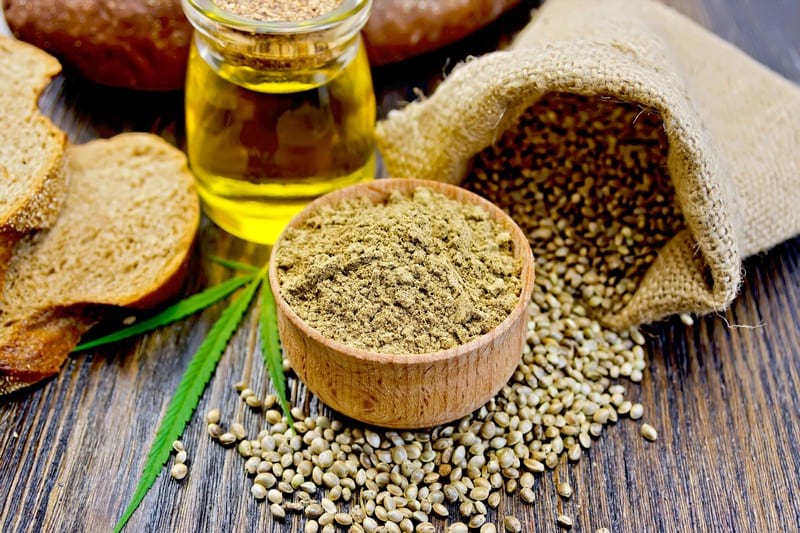
However, this protein is rich in dietary fiber, which can be quite a factor when choosing this protein blend.
In any case, we want to say that worrying about the speed of digestion or any special properties of various protein powders are already secondary parameters that can be dealt with ad infinitum. Protein powders are designed to fill up your daily protein intake quickly and easily, and all protein formulas do the trick (although we wouldn't recommend a beef-based formula).
To each his own
If possible, it is better to get as much protein as possible from ordinary food, and then compensate for the remaining deficiency with the help of protein mixtures. Maybe your choice is in favor of convenience and taste (whey protein), or you are more interested in making something from protein mixtures, then you will choose casein. Or maybe your main selection criterion is your allergy, and then you will choose a protein mixture from peas and rice or from eggs. When low cost is important, soy is the best solution. In general, choosing the optimal protein blend is not difficult and depends largely on your preferences.
Recently, training people are increasingly asking questions: which protein is better? Which protein to choose for certain purposes? It is impossible to answer the first question by naming any one type of protein, since a certain type will be most effective for different purposes.
For weight loss
Those people who are overweight and want to acquire a more prominent and slender figure, they first of all need to include casein protein in their diet. Sports supplements based on this protein can reduce a person's appetite, thereby causing his body to consume less food.
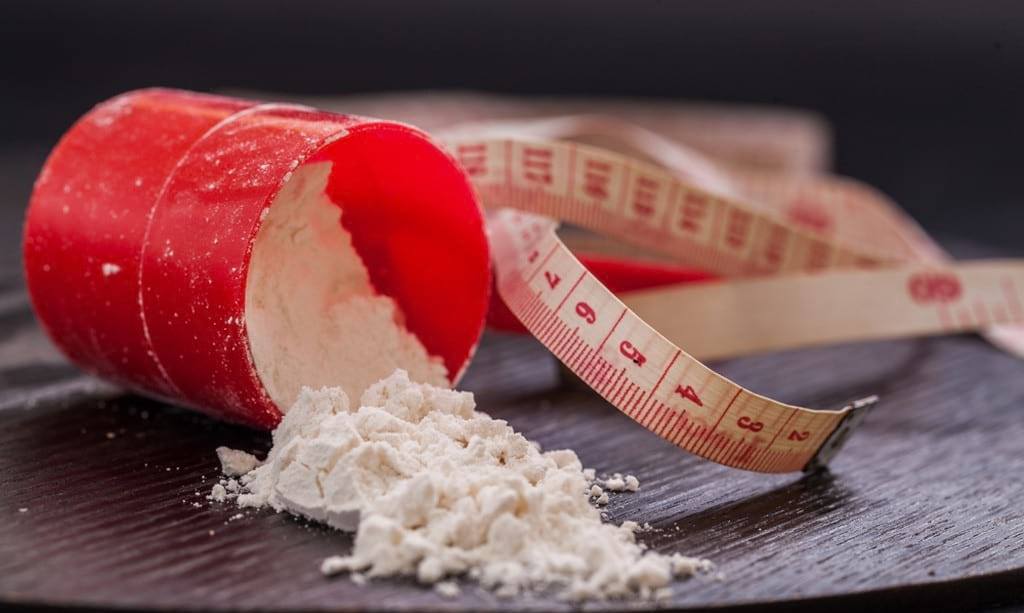
Casein protein, entering the body, folds into a kind of lump, which for at least 8 hours will give a feeling of satiety, but at the same time, at the expense of protein, maintain muscles and at the same time help to lose unwanted weight.
Also for people with unwanted weight, it would be very appropriate to add whey protein isolate. It is able to be absorbed as quickly as possible and almost instantly give the body all the necessary amino acids that contribute to the destruction of fat cells, replacing them with high-quality solid muscles.
For mass gain
For those athletes who struggle daily to increase their own weight, whey protein concentrate, as well as multicomponent proteins, will be an ideal weapon and assistant in this difficult task.
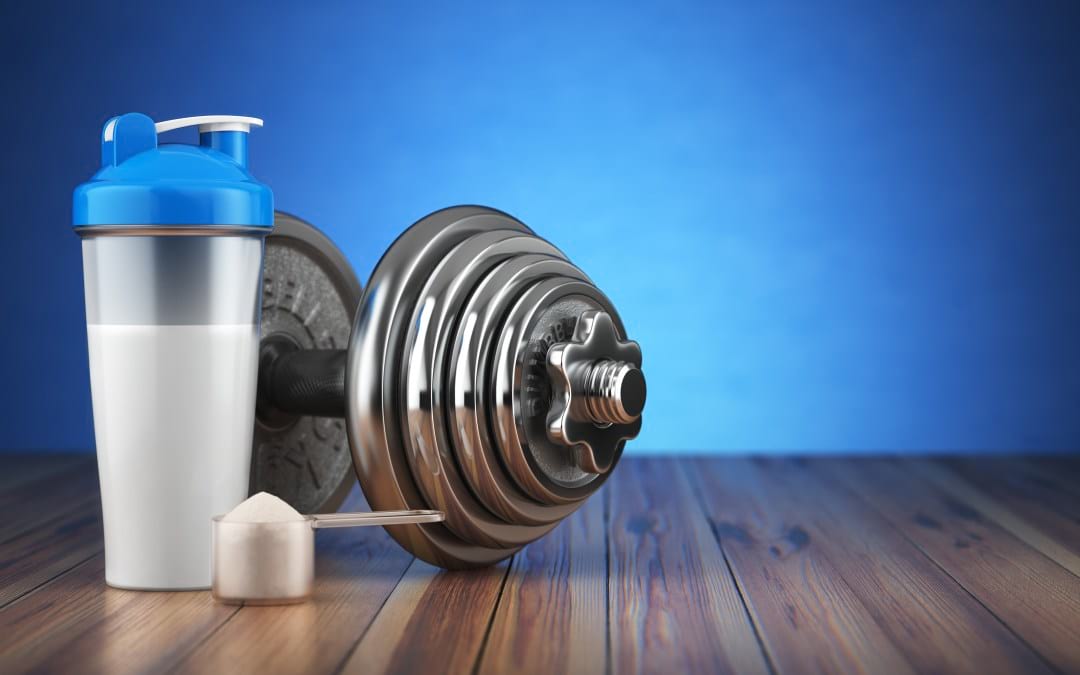
Whey concentrate is able to absorb by the human body within 1.5 - 2 hours. This allows the athlete to eat food as often as possible, which, as you know, is vital when it comes to the maximum set of muscle mass.
Multicomponent proteins are often made up of the following protein types: casein, whey protein concentrate, whey protein isolate, and milk protein. For lean people when gaining muscle mass, multi-component proteins are not as important during the day as they are at night.
A feature of multicomponent proteins is that the types of protein included in their composition have different digestibility rates. This means that after taking a portion of a multicomponent protein, each type of protein will be released in a certain period of time, proteins such as pure casein are completely absorbed in 8-12 hours. All this time, the muscles will be supplied with the protein necessary to build high-quality muscles.
To preserve muscle mass
And finally, recommendations for taking protein supplements have reached the big and already beautifully built athletes, the owners of the athletic shape desired by everyone. Such athletes often worry about how not to lose the mass that has already been accumulated over the years, and, if possible, raise it even an order of magnitude higher. For the described needs of people of the presented type, whey concentrate and casein can definitely be called the best proteins.

Casein is best taken just before bed so that the muscles do not remain without protein for a long time, and throughout the day take 3-4 servings of whey protein concentrate. Such a simple way of using these additives will lead to the desired results and allow you to achieve your goal.
A single serving of any type of protein should be at least 30 grams. and do not exceed the threshold of 50 gr.
What is the best protein?
The best whey protein concentrates are:
Elite Whey by Dymatize
